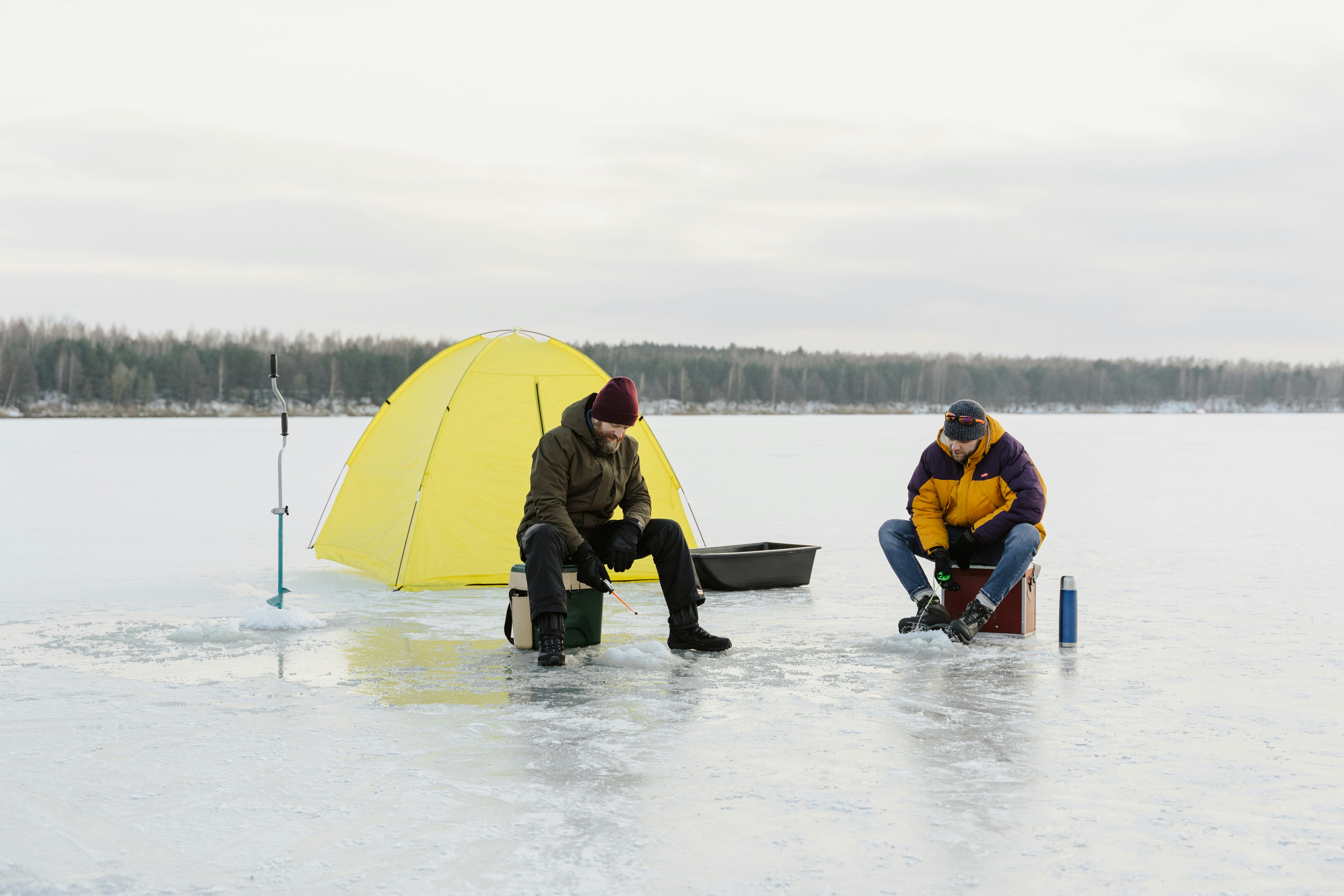Every year, at the beginning of June, the (free) East of Cyprus is reborn in the Famagusta region (more popularly known as Protaras). This region must have as much vacation home population as the local towns. However, 90% of the vacation homes in this area are closed from 9/15 to 6/1 of each year. This region is the most popular with Nicosia city people in terms of buying a holiday home (approximately 65% of locals who buy a holiday home are from Nicosia, not only because Nicosia is landlocked, but also because it accommodates the vast majority of people with high incomes, including civil servants, etc.). The beaches in this region are the best in Cyprus (and we would like to add one of the best in Europe), there is little wind and the humidity is very low compared to other coastal places, while the most important element now is the cutting of water. , does not exist (at least so far). While local demand readily understands the region’s seasonality, foreign buyers don’t necessarily appreciate this.
For those who want to make a permanent home in this area, you will find that after September the whole area becomes dead, except sometimes on weekends. So for those who feel that Protaras will be full of life after the summer season, they are in for a surprise. For those who also buy to let, they will also be disappointed, due to the very short term of the season. For those of us who visit the region in the winter, we will find the peaceful atmosphere, excellent service in the restaurants (unlike in the summer), endless beach trails, and year-round swimming to be a value attraction. However, there is hope of extending this very brief seasonality in the region.
The Ayia Napa-Paralimni Golf Course seems to have solved its problems and is now on the market seeking equity participation for its implementation, while the Ayia Napa Marina is next in line for negotiations (announced last week). Still, these two much-needed projects are not expected to have an effect on local seasonality for 3-5 years from today. Despite the seasonality of the region, prices are not much lower than in other coastal places (on average). Beach villas sell for £3,500/m2. and beachside apartments at £3,000/m2. (approximately 50% lower than Limassol and similar to Larnaca). However, what is striking is the large number of low-cost apartments, which are mainly developed in the Kapparis area, which were mainly bought by the British market for rent. These apartments sold at a 15% commission (thus improving the price) mainly through international estate agents (although illegal as far as Cyprus law is concerned) stand empty while disappointed investors are willing to sell, but not at the prices these agents promised. Non-beach villas are now selling for £2,000-£2,500/m2. depending on the proximity to the sea, while the apartments have a theoretical value of £1,400/m2. (Not an easy sell.) This state of the local market (seasonality, quite high prices, etc.) has directed foreign demand towards the towns in the interior of the area.
Towns like Sotira, Dherynia, Frenaros and even Xylophagou are becoming more popular and the projects being developed around these towns are increasing in popularity (apart from the lower prices, these projects are in or around the towns, you can’t tell). consider that they have a seasonality). in terms of “life” as such). What is also worth mentioning is that a number of foreign (mainly British) buyers buy the old refugee houses, built about 30 years ago and located within the refugee housing estates. Two-bedroom bungalows of approximately 100m2, sell for £70,000, but need upgrading.
This area of Dhasaki, as it is known, has the attraction of being next to the British base of Ayios Nicolaos and this is the main attraction. British-type pubs are popping up everywhere and this development is worth examining for those who are students of the local construction industry.
So Protaras is on the move, to be reborn again this summer in terms of more permanent residents and it is not surprising that while the local Cypriot population rate is shrinking, the total local population in terms of annual permanent residents is increasing. .
